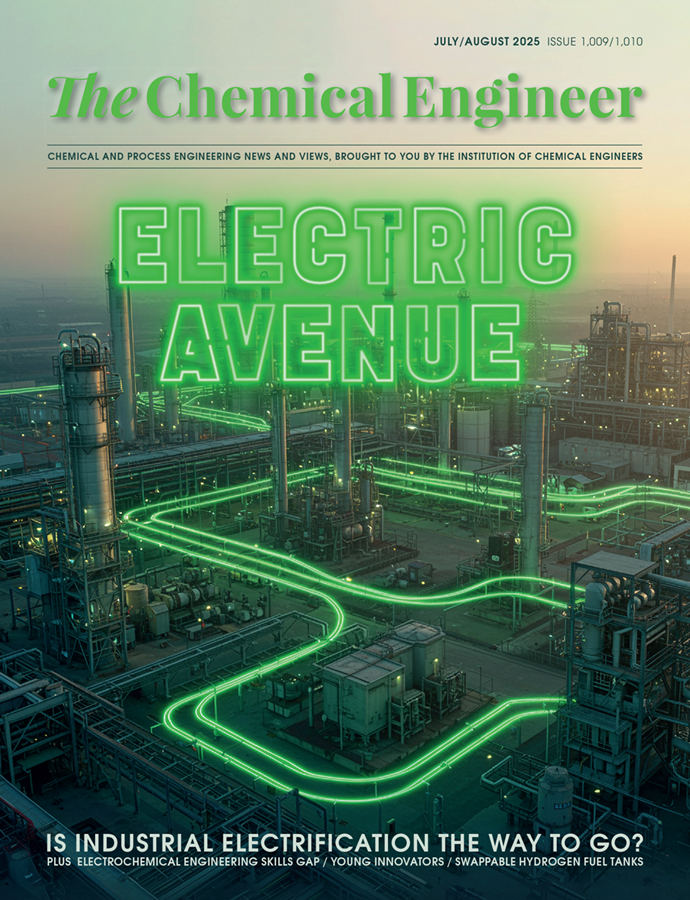Fake lily pads could be second Sun for lithium manufacturers

A TRIAL to boost critical minerals production has shown that fake plastic lily pads could be a second Sun for lithium manufacturers.
Trials have shown the discs boost heat absorption in the large ponds used by the mining industry to extract lithium. These ponds recover valuable minerals from brine, which is pumped to the surface from underground deposits. As the water evaporates from the pond, concentrated minerals are left behind. Lithium, sea salt, and potash for fertiliser are all produced this way.

Princeton Critical Minerals has likened the boost from their lily pads to adding a second Sun to the evaporation process.
“When sunlight hits a traditional evaporation pond, the solar energy is dissipated across the entire pond – the process is less than 50% efficient,” said Z Jason Ren, co-founder of the company. “Our technology is over 96% efficient at converting that incoming sunlight into thermal energy to speed up evaporation in a real-world environment.”
Chemical company Sociedad Química y Minera de Chile (SQM) tried the lily pads in its evaporation ponds in northern Chile and found it boosted evaporation rates by between 40 and 122% depending on the composition of the brine in the pond.

The efficiency boost could mean lithium producers need less evaporation ponds which can cover many square miles in size. The need for evaporation ponds is only expected to grow with the IEA projecting that demand for lithium will increase threefold over the decade as more batteries are needed for electric cars and grid-scale storage to balance renewable power.
“In many ways, the processes for mineral extraction are the same today as they were three decades ago,” said Princeton Critical Minerals CEO Sean Zheng.
“In less than two years, we’ve moved from testing out small prototypes in kiddie swimming pools to building commercialisation-ready products that we’ve deployed at actual mineral production facilities in South America.
“Our technology could really revolutionise the conventional approach to critical minerals extraction.”
Recent Editions
Catch up on the latest news, views and jobs from The Chemical Engineer. Below are the four latest issues. View a wider selection of the archive from within the Magazine section of this site.




